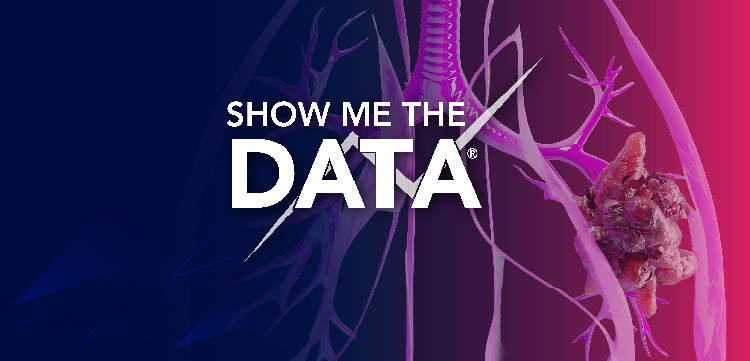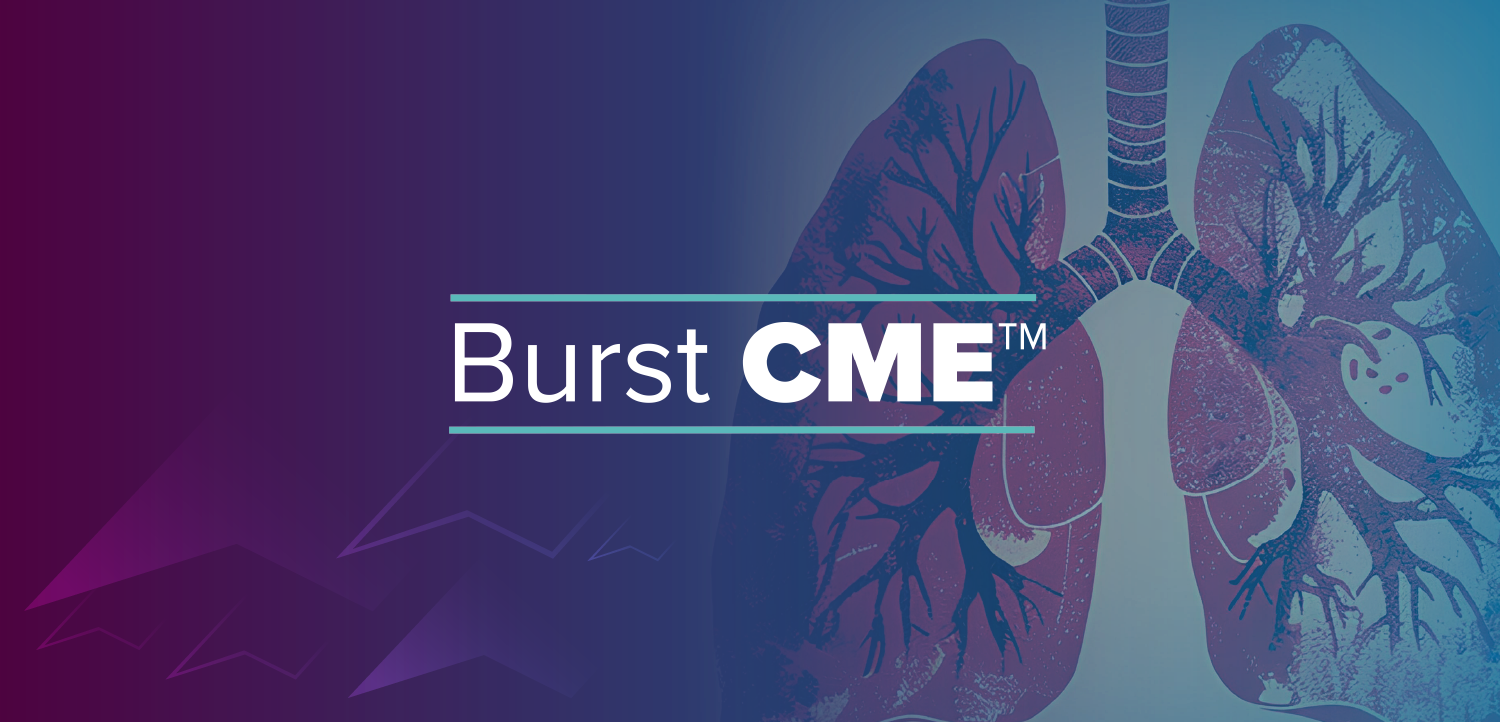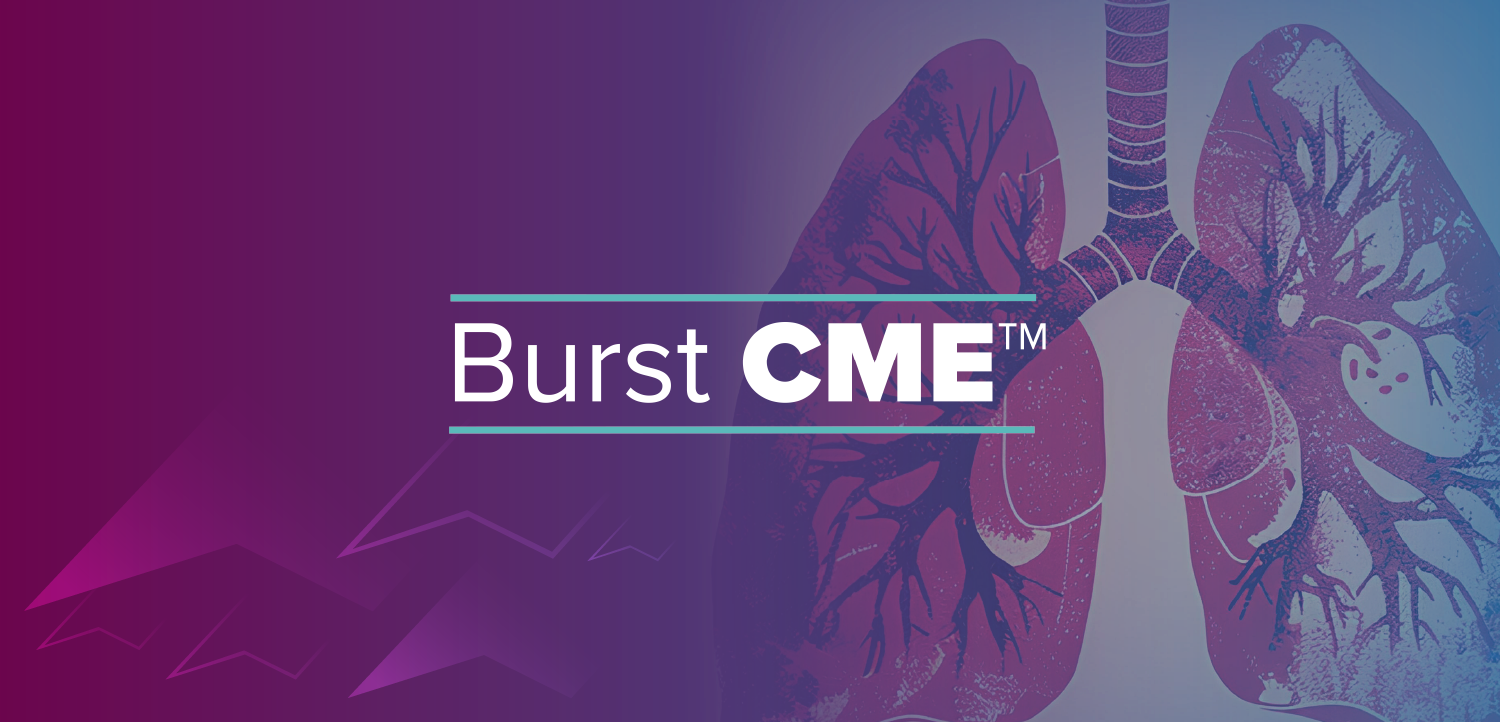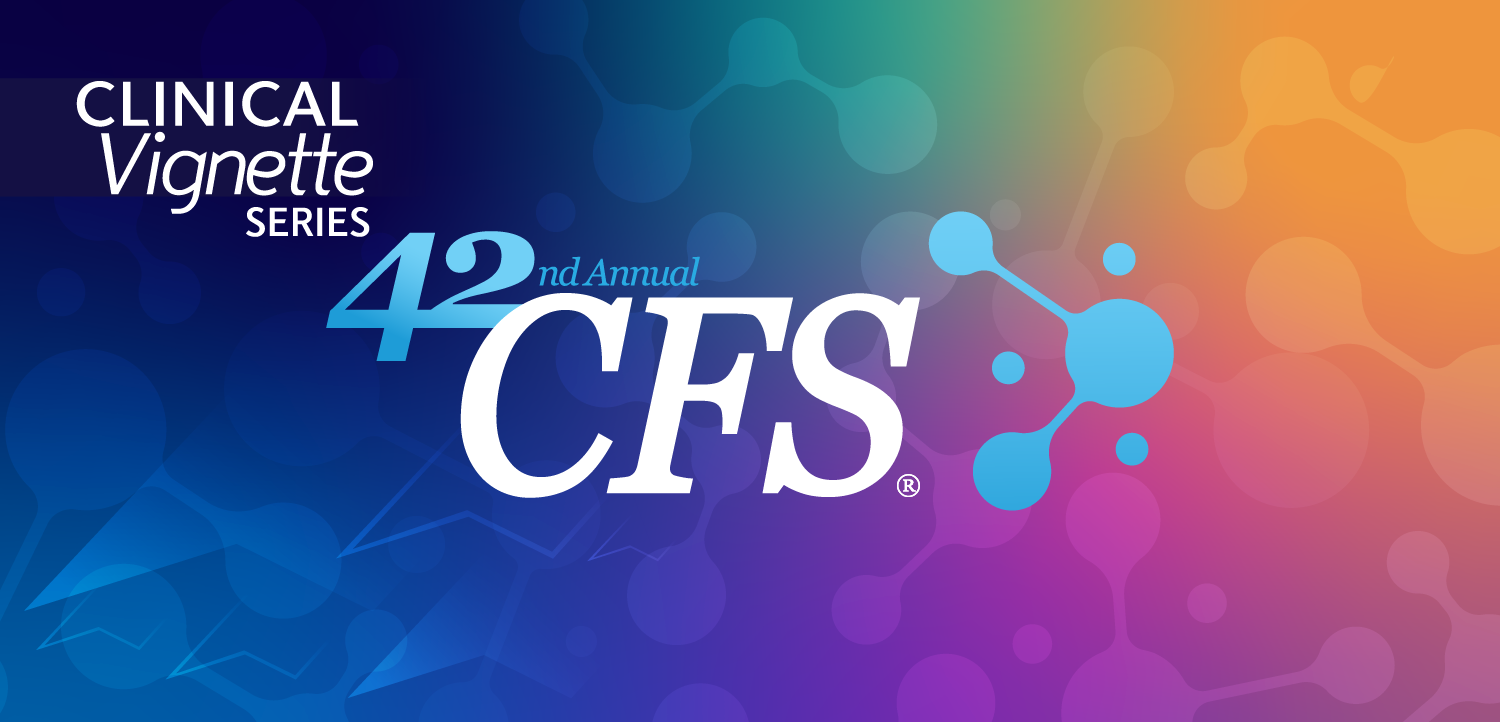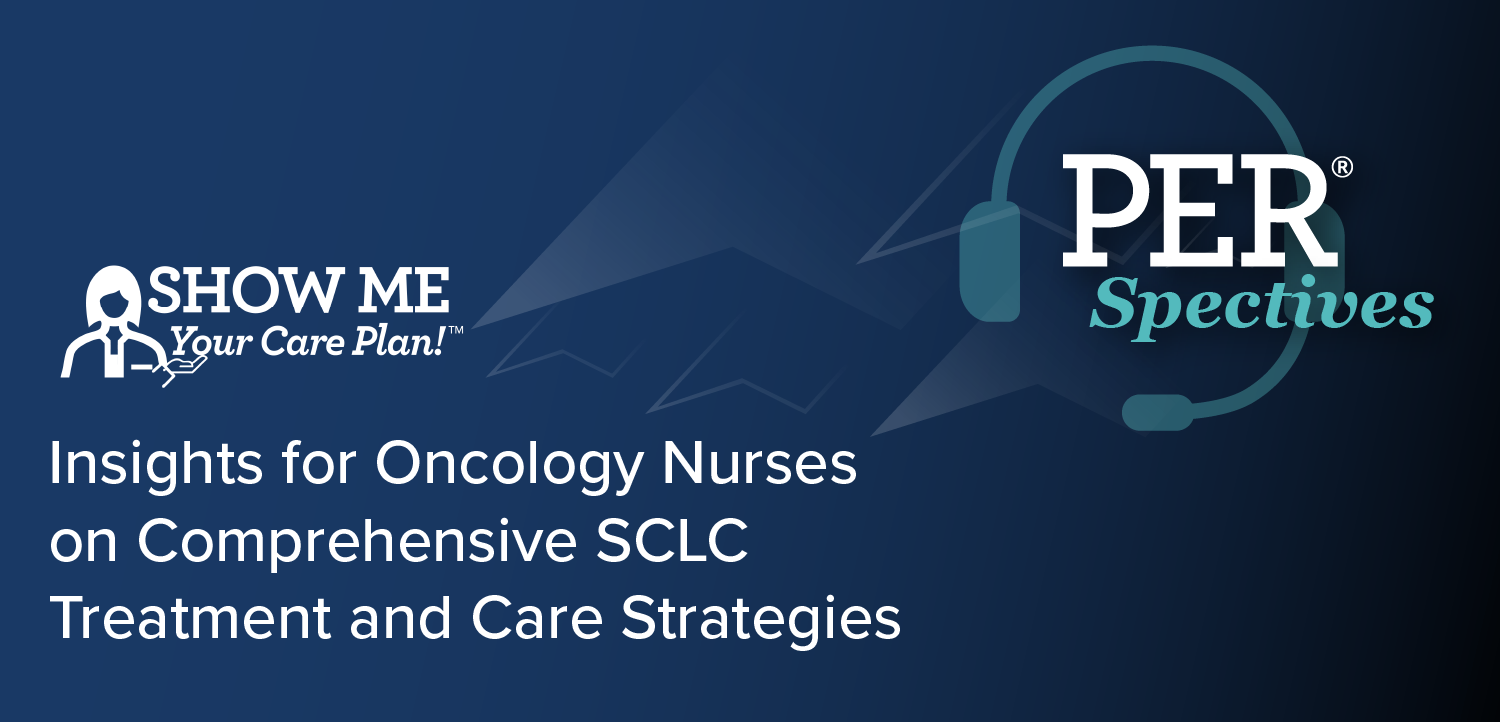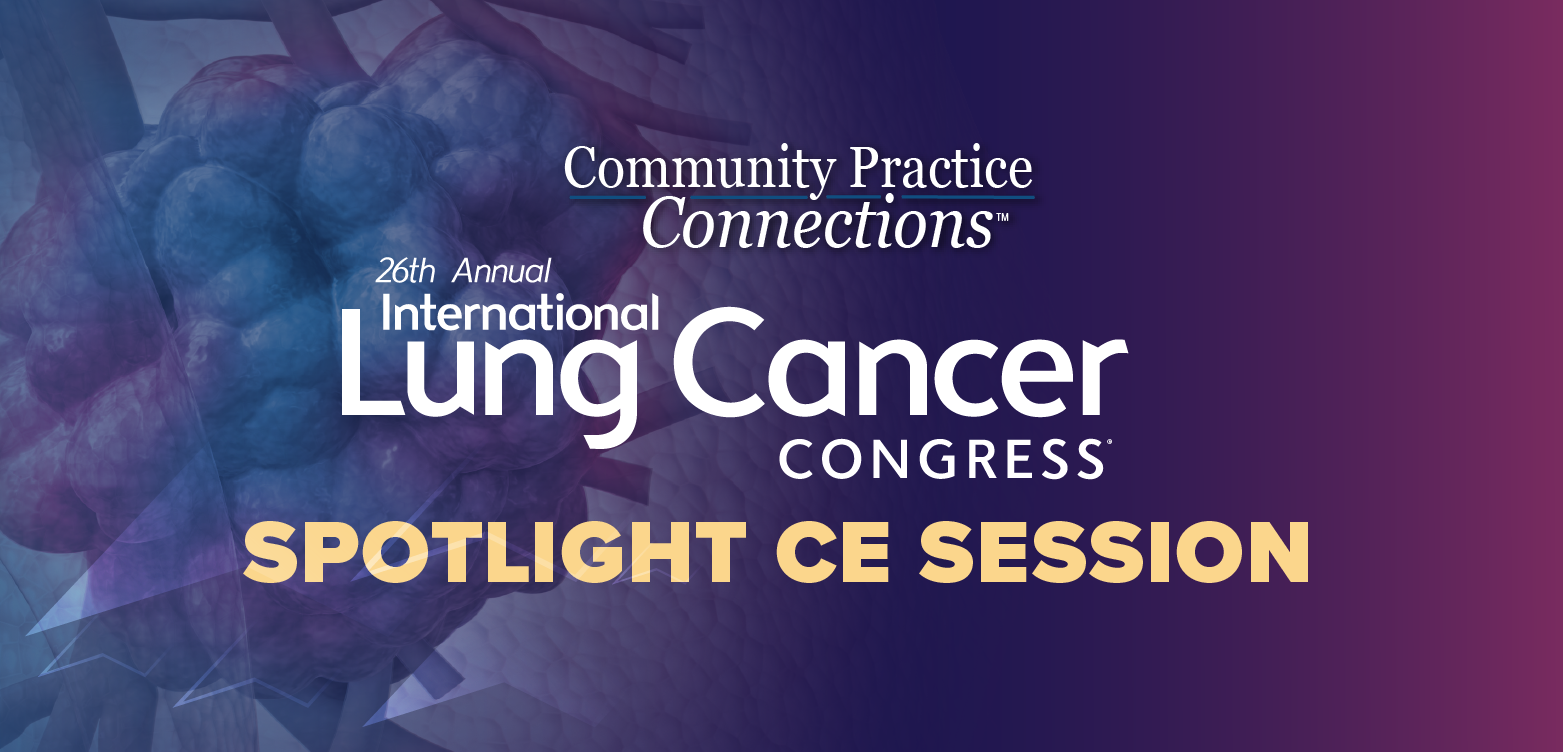Control of the pharmacy benefit is in play with Medicaid expansion
Despite the influx of enrollees into managed Medicaid plans as a result of Medicaid expansion, more states are maintaining control of the pharmacy benefit by aligning managed care formularies with the state's current preferred drug list.
Despite the influx of enrollees into managed Medicaid plans as a result of Medicaid expansion, more states are maintaining control of the pharmacy benefit by aligning managed care formularies with the state's current preferred drug list, according to Joseph deSimone, research director, government payers at HealthStrategies Group in Lambertville, New Jersey.
Speaking at the Academy of Managed Care Pharmacy (AMCP) meeting during a session entitled The Changing Dynamics of How States Manage the Pharmacy Benefit, deSimone discussed changes to Medicaid and pharmacy reimbursement due the expansion of Medicaid under the Affordable Care Act (ACA) and the potential new hurdles for pharmaceutical companies interested in selling their drugs in a number of emerging benefit models of care.
He emphasized that as Medicaid continues to expand, Managed Care Organizations (MCOs) manage most of the pharmacy benefit while the influence of Pharmacy Benefit Administrator (PBAs)-companies that contract directly with states to develop their preferred drug lists-has appeared to diminish. For example, over the past three years, the 10 largest Medicaid MCOs manage almost half of the Medicaid pharmacy benefit. In 2014, these MCOs managed 43.7 million people whereas the PBA enrollment for 2015 is estimated to be 15.3 million. According to deSimone, these largest Medicaid plans will become larger in the future.
Despite this continued growth, he said that PBAs will remain relevant and vie for control of the pharmacy benefit as more states consider a universal Preferred Drug List (PDL) that aligns formularies and maximizes rebates. To date, nine states have implemented a form of PDL, and PBAs contract in seven of these states.
For states expanding Medicaid, deSimone also talked about the requirement to offer Alternative Benefit Plans (ABPs) as stated under the ACA. He emphasized that there are a number of coverage options between Medicaid and the marketplace, including basic health plans (i.e., provides affordable coverage and improves continuity of care for people between 133% and 200% of the federal poverty level) and bridge plans (i.e., provide coverage to people whose income fluctuates above and below Medicaid levels).
“There are a number of coverage options between Medicaid and the marketplace that are designed to continue the same level of care for beneficiaries, whether they are eligible for Medicaid, or the health insurance marketplace,” he said.
Newsletter
Get the latest industry news, event updates, and more from Managed healthcare Executive.










